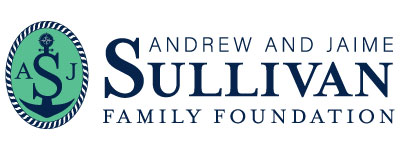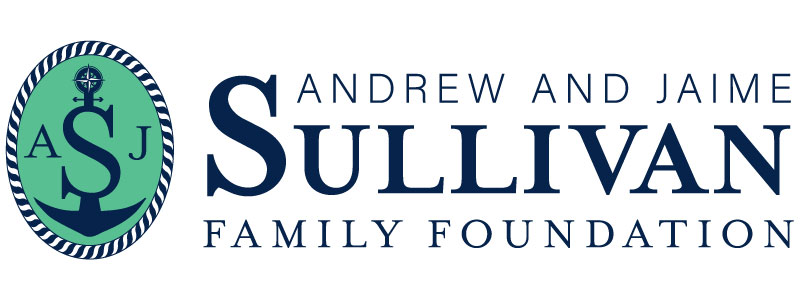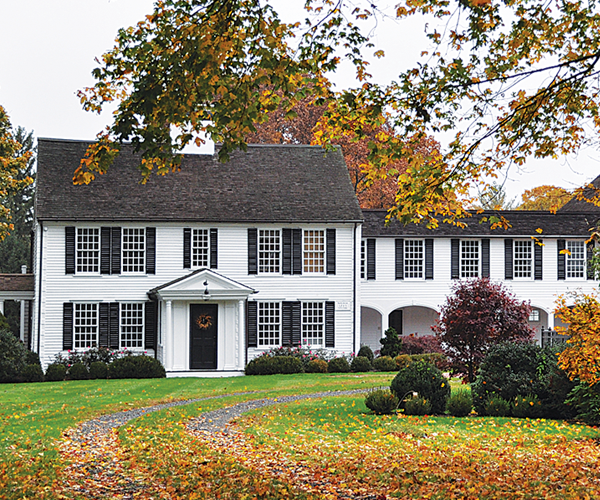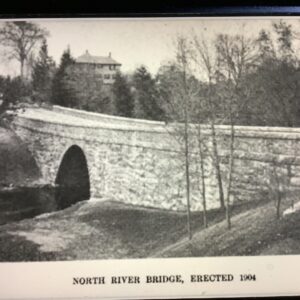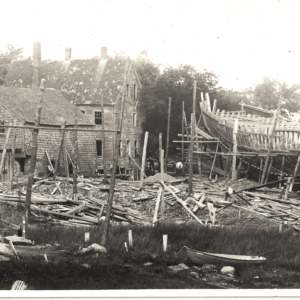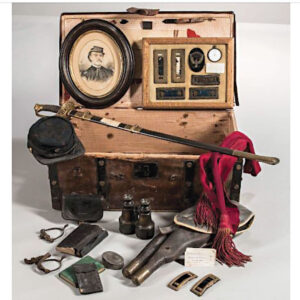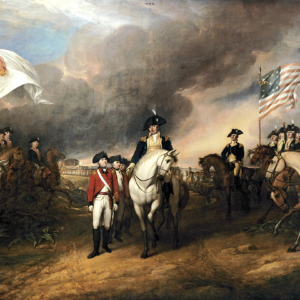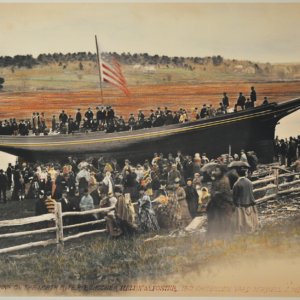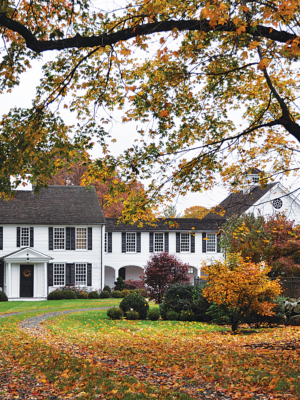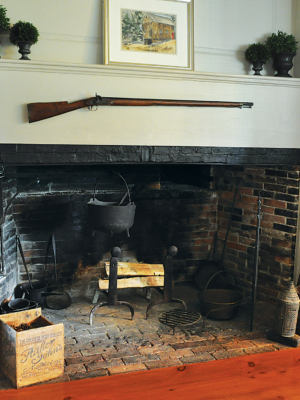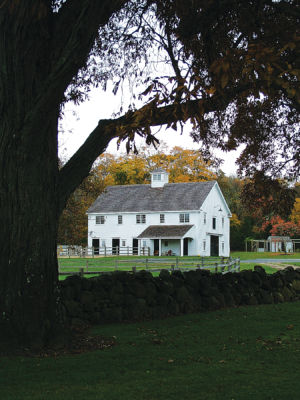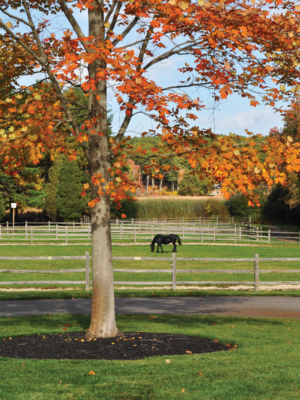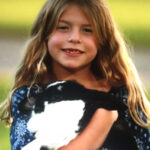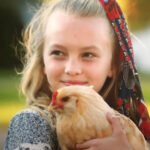Along the banks of the North River is the Turner estate, known locally as River House, though also referred to in the past as the “many-windowed mansion” and “Stillwater Farm.”
It was built in 1715 and purchased in 1766 by Thomas Turner Sr., who with his family played host to many prominent historical figures, including business associate and friend John Hancock. Local folklore claims the house is haunted—carrying a supernatural aura that even 21st-century inhabitants recognize and respect.
The 1715 two-story Georgian colonial features the classic nine-window facade and center entrance and chimney. Ornamental wooden quoins flank each corner, giving the appearance of stone—a trademark of Georgian-style architecture. With its long, narrow window seats, the front foyer marked a home of prestige, giving the Turner house the nickname, “the many-windowed mansion.” In fact, seventy-two original panes of glass have remained intact throughout the years. There is also an unusual pillared back entrance to the house with dentil molding, leading to what was once the office of the Turner Shipyards, used most likely to conduct business, keeping shipyard workers from using the main entrance.
